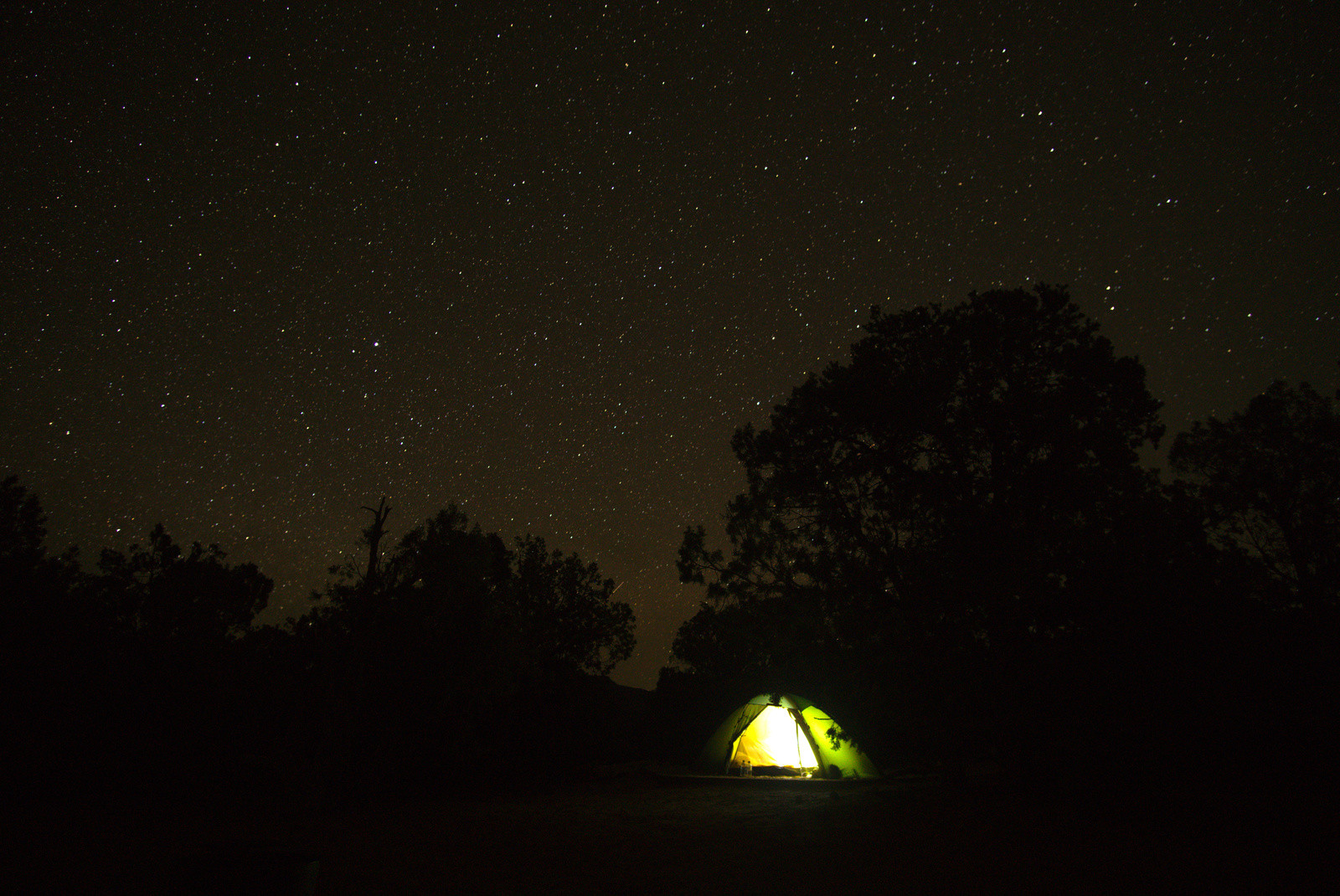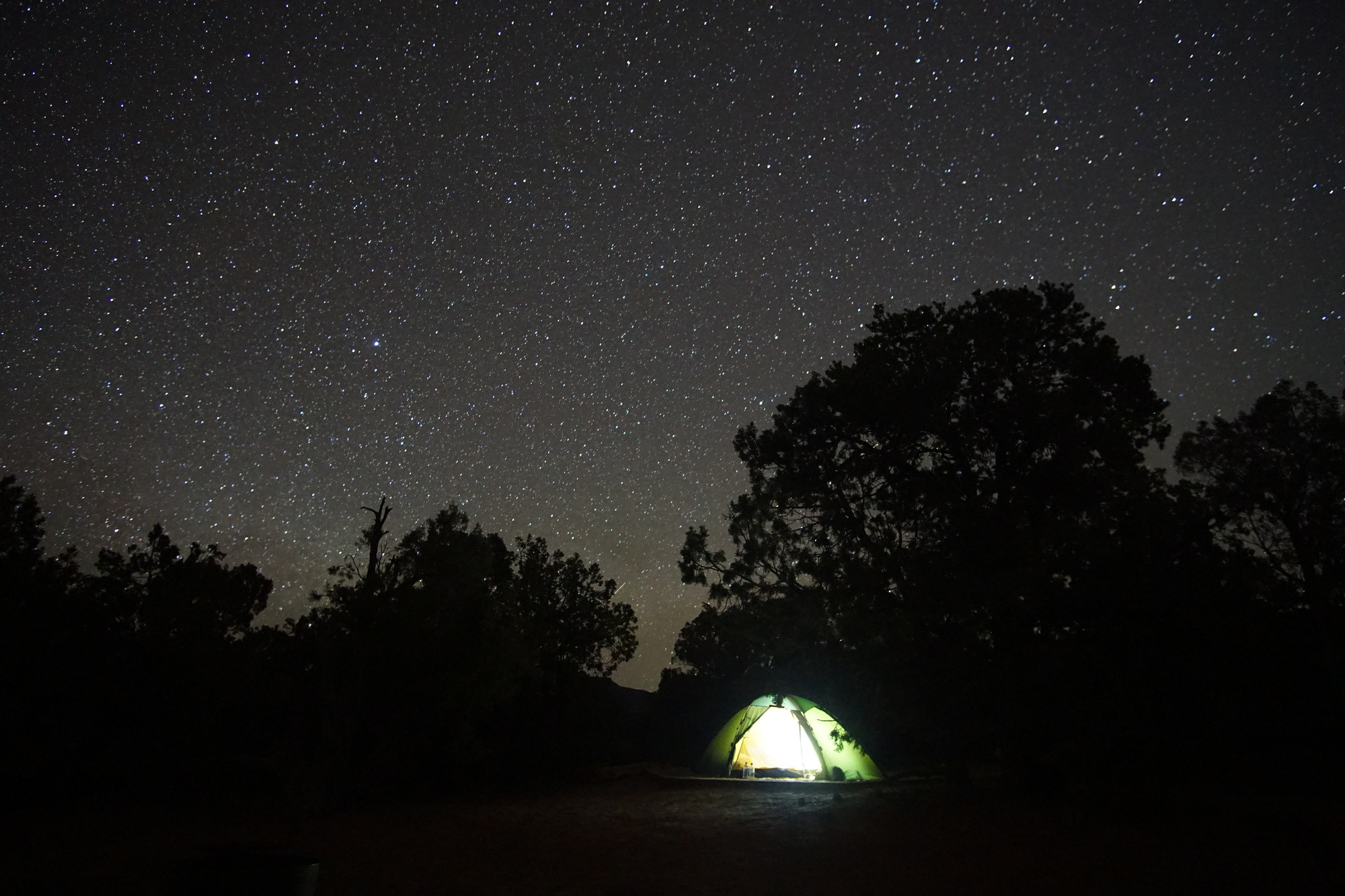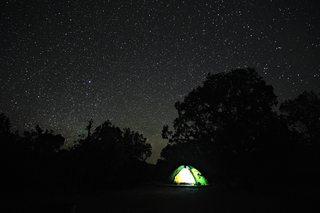I've been taken night photography photos with my Sony A6000 in RAW+JPEG. There should be a lot more potential in RAW, but I can't make it look as visually pleasing as the JPEG. In particular, the JPEG has a lot more stars and a blacker sky, and I'm looking for what curves or levels to edit in the RAW to reproduce that. I would like to learn to get the most out of my RAW photos.

Darktable RAW exported to JPEG without any editing.
The in-camera JPEG (top) shows more stars, the black of the sky is blacker, and the foreground looks better, too. To make the black blacker, I applied a base curve correction at 7.58 / 3.07 (-4.51), resulting in:

Darktable RAW with base curve correction and exported to JPEG.
This looks better than the intermediate, in particular the foreground, but compared to the in-camera JPEG, I still see far fewer stars, and the sky between the stars is still more red than I would like. I have tried to do further base curve correction, contrast adjustment, various white balance combinations of colour temperature and tint, direct colour changes, and others. However, I can't figure out how to enhance the starry sky and make the black sky background blacker and less red (if I force the red down in the white balance setting in darktable, it just turns green instead, and I get less stars).
What kind of setting would be effective on the RAW to make the stars come out, at least like in the JPEG, possibly more? Once I understand why the JPEG photo looks the way it does and what settings can be used to reproduce something similar, I may be able to apply my knowledge to customise these and other night photos to my personal preferences.
Link to RAW photo: https://www.dropbox.com/s/oz4tc6nqvbtk7qp/22-44-49.arw?dl=0 (24 MB)
Photo taken with Sony A6000, ISO 3200, 30 seconds, Samyang 12 mm F/2 NCS at F/2. Natural Bridges National Monument (Class 2 on the Bortle clase) in Utah, USA at 22:45 local time (Sunset 20:22, end of Civil Twilight 20:51, end of Nautical Twilight 21:27, end of Astronomical Twilight 22:07).
(The JPEG exports in this post are resized from 4000×3000 to 1600×1070 pixels)




